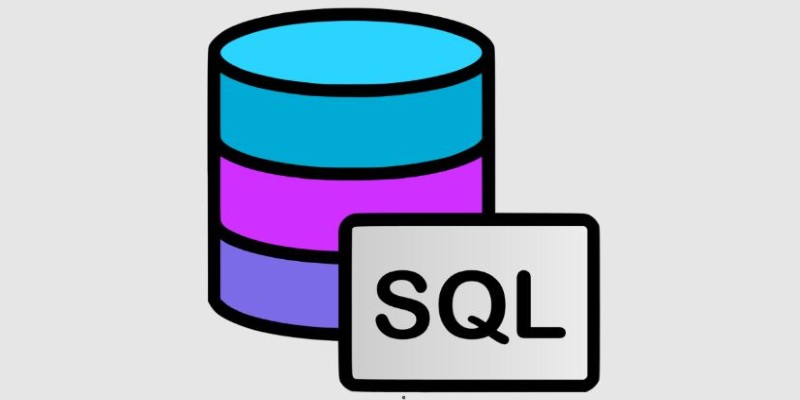Academic research is no longer just about reading stacks of journals and manually organizing your notes. With AI tools, everything from how you search for papers to how you write and revise your work can get smoother and more focused. These tools aren’t meant to do the thinking for you, but they do make space for deeper thinking by handling the repetitive and time-consuming parts. Whether you're trying to make sense of hundreds of articles or summarizing complex theories, AI can help make the process more efficient and less overwhelming.
Ways AI Tools Enhance Your Academic Research
Faster and Smarter Literature Reviews
One of the earliest and most labor-intensive aspects of any research project is the reading of prior work. This is done more quickly and accurately with the use of AI tools. Rather than having to read hundreds of abstracts simply to discover five useful ones, AI can look through huge databases, find similar studies, and report on significant findings in an instant.
Some tools can even map out the relationships between different studies, highlighting patterns and gaps in research. This means you’re not just finding sources faster—you’re understanding the overall conversation more clearly, which helps in deciding where your own work fits in.
Better Organization of Research Materials
After collecting all the material you need, the next hurdle is keeping it organized. AI tools can automatically sort articles by topic, relevance, or publication date. Some even pull out key themes and group documents accordingly. This cuts down the hours you'd spend manually tagging and filing.

There are platforms that let you upload papers and then generate visual summaries of themes, common citations, and core arguments. You can also add your notes, and the system will connect them with related materials in your library. Over time, this helps you build a more structured and easy-to-reference knowledge base.
Improved Academic Writing Assistance
AI writing assistants do more than fix grammar and spelling. They help improve sentence clarity, offer suggestions to tighten arguments, and even flag potential areas of weak logic or repetition. For researchers writing in a non-native language, this kind of support makes a real difference in fluency and tone.
Some tools can analyze your writing style and adapt their suggestions based on academic tone. Others can scan your draft and point out jargon, overly long sentences, or vague claims. These aren’t shortcuts for writing, but they are strong companions while drafting and revising.
Citation and Reference Management
Keeping track of sources and making sure every citation is correctly formatted can be frustrating, especially when you’re working with different citation styles across multiple projects. AI reference tools do most of the work for you. Once you input a source or upload a PDF, they can extract the citation information and store it neatly.
When you write, they can automatically insert citations and build a bibliography in the style you need—APA, MLA, Chicago, and more. These tools also help you avoid accidental plagiarism by checking if you've properly cited everything pulled from other work.
Data Analysis Made Easier
Not everyone is an expert in statistics or data modeling, and this is where AI tools can bridge the gap. Whether you’re working with survey data, experimental results, or large datasets, AI can help you run analyses without needing advanced programming skills.
Some platforms allow you to upload raw data and then generate visualizations, find trends, or apply statistical tests—all with simple commands. They explain the results in plain language, which helps you interpret your findings with more confidence and less second-guessing.
Speech-to-Text for Interviews and Lectures
If your research includes interviews or recorded lectures, transcribing them manually is time-consuming. AI transcription tools quickly turn audio into searchable, readable text. These transcripts are often accurate enough to use for direct quotes or coding in qualitative research.
You can label speakers, highlight keywords, and search across multiple transcripts in seconds. Some tools even generate summaries of the conversation, making it easier to review hours of material without listening to everything again.
Plagiarism Detection for Original Work
Even the most careful researchers can make unintentional errors when paraphrasing or quoting. AI-driven plagiarism checkers go beyond comparing text against academic databases—they also spot similarities in structure or ideas that might not be obvious.
They help ensure that your work is original and properly attributed, which is especially useful during the final review phase before submission. This kind of check adds an extra layer of confidence before you turn in your thesis or send off your paper.
Reading Assistance for Dense Materials
Some research papers are dense, filled with jargon, and hard to get through. AI summarization tools can scan these texts and offer key takeaways, helping you decide whether a paper is worth reading in full. Others will define technical terms in real time or explain theories in simpler language.

If you’re studying something outside your usual area, this kind of tool helps you understand the basics quickly, so you don't feel lost. It's also useful when trying to make connections between papers with different writing styles or frameworks.
Idea Generation and Topic Exploration
When you're in the early stages of research and not sure which direction to take, AI can help you explore. By inputting keywords or rough ideas, some tools suggest related topics, current trends in the field, or unanswered research questions.
This doesn’t replace your judgment but can spark ideas you hadn’t considered. It’s especially useful when narrowing a broad subject into a focused thesis or identifying angles that haven’t been widely covered yet.
Conclusion
AI tools are reshaping how academic research gets done—not by replacing effort, but by making that effort count more. From organizing material to making sense of it, from writing cleaner drafts to analyzing data without stress, they clear the clutter and let you focus on the thinking part. Whether you’re working on a class paper or a doctoral thesis, these tools don’t take over the process—they sharpen it.











